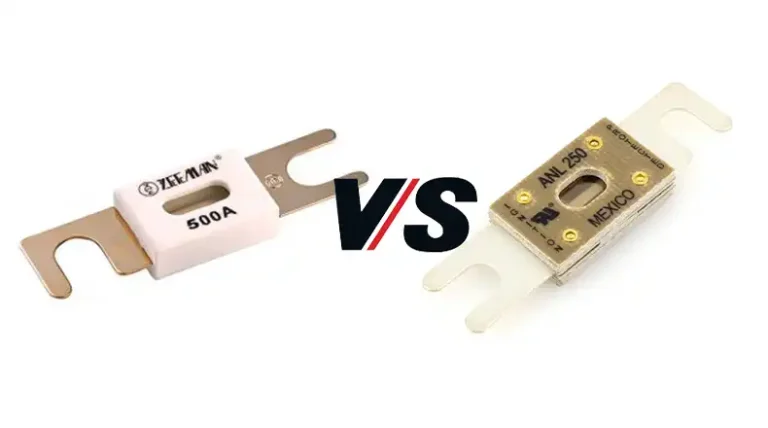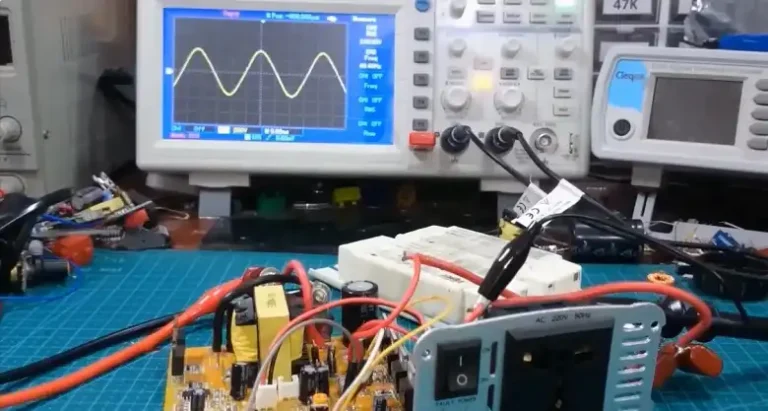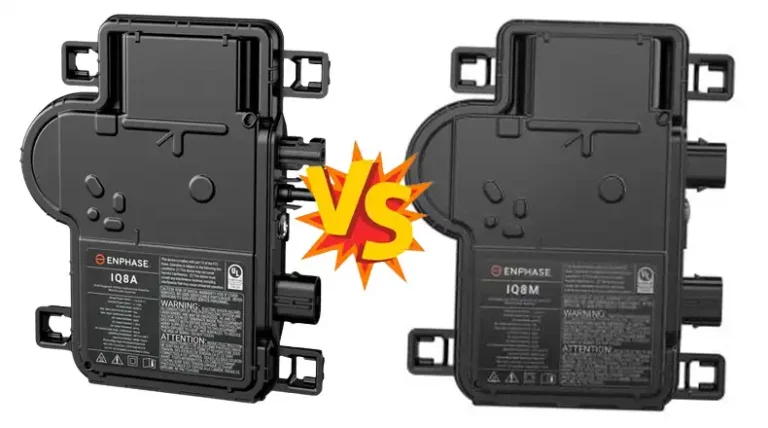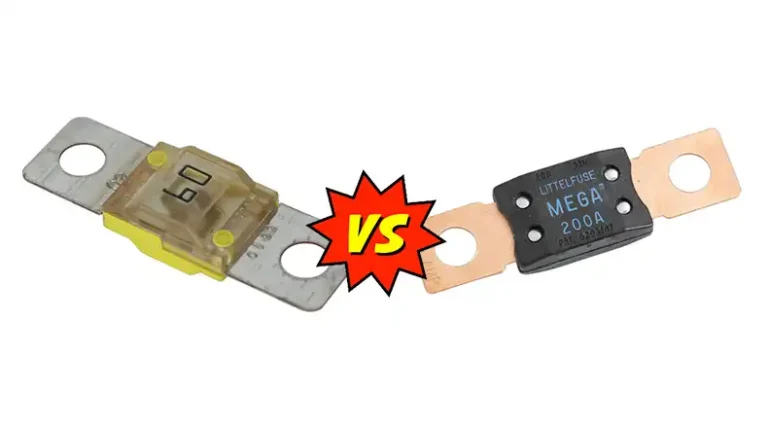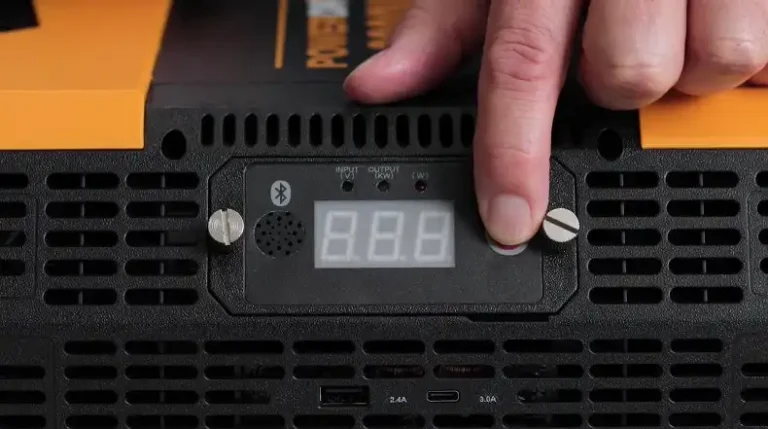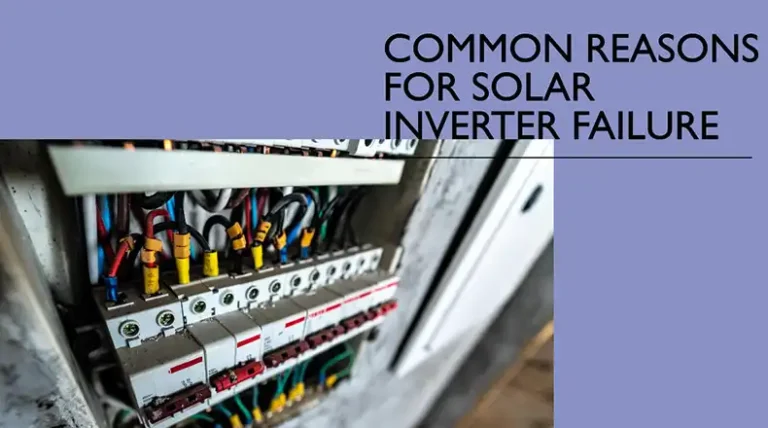How to Convert a Normal Inverter to a Solar Inverter | Step-by-Step Guide
Converting a normal inverter to a solar inverter is an innovative way to harness the power of the sun without completely overhauling your existing power setup. This process involves integrating solar components with your current inverter system. By the end of this guide, you’ll have a clear understanding of the conversion process, the components needed, and the key factors to consider for a successful transition to solar power.
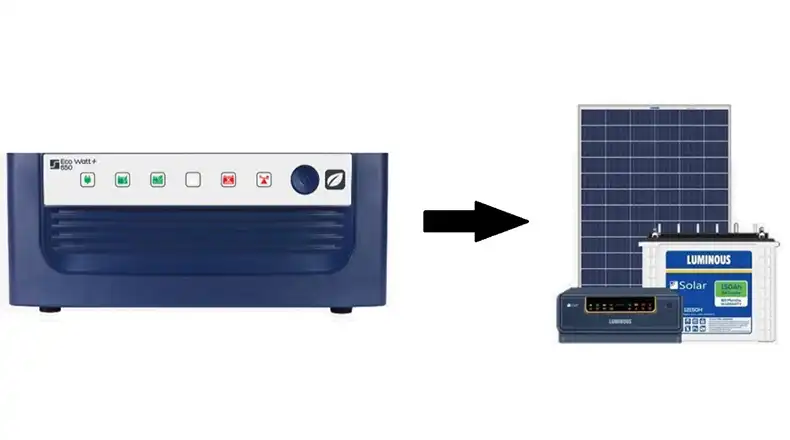
Importance of a Solar Charge Controller in Normal Inverter to Solar Inverter Conversion
A solar charge controller, also known as a solar conversion kit, is the heart of your converted solar inverter system. It acts as the middleman between your solar panels, batteries, and inverter, managing the flow of electricity to ensure efficiency and safety.
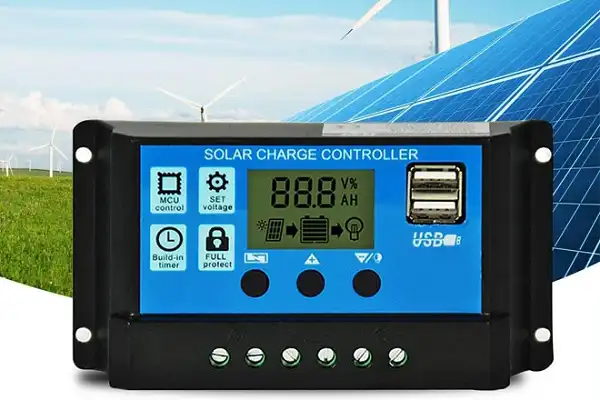
The key functions of a solar charge controller are –
- Prevents batteries from overcharging, which can significantly reduce their lifespan.
- Stops batteries from discharging too deeply, another factor that can shorten battery life.
- Ensures the right amount of voltage is supplied to the batteries, maximizing charging efficiency.
- Manages the power draw from appliances to prevent system overload.
Typically, you can find 3 types of solar charge controllers – MPPT (Maximum Power Point Tracking), PWM (Pulse Width Modulation), and Retrofit.
Not all inverters are created equal when it comes to solar conversion. Some manufacturers, like Luminous and Microtek, offer inverters that are easily convertible. Others may have limitations. So, check your inverter’s compatibility.
What Materials Are Needed to Convert a Normal Inverter to a Solar Inverter?
First of all, gather all the necessary materials –
- Existing Inverter
- Solar Panels
- Solar Charge Controller
- Battery Bank (Optional but Recommended)
- Additional Materials
- Appropriate gauge wires
- Bypass switch
- Fuses and circuit breakers
How Do You Convert a Normal Inverter to a Solar Inverter?
With all the materials prepared, now you can go for the DIY normal-to-solar inverter conversion process.
Step 1: Assess Your Power Needs
Determine the total wattage of the appliances you want to run using the inverter. Calculate the required wattage of solar panels.
A general rule is to have panels that can generate about 1.5 times the total load to account for inefficiencies and varying sunlight conditions. For example:
| Appliance | Watts |
| Refrigerator | 150-400 |
| LED TV (32″) | 30-60 |
| Laptop | 50-100 |
| Total | 500 |
So, required solar panel wattage: 500W × 1.5 = 750W
Step 2: Select and Install Solar Panels
Select the type and number of solar panels based on your power needs. Install the solar panels on a rooftop or another location with maximum sun exposure, ensuring they’re angled correctly.
Step 3: Install the Charge Controller
Use appropriate wiring to connect the solar panels to the charge controller. Ensure proper polarity to avoid damage. Install the charge controller in a safe, dry, and ventilated area close to the battery bank.
Step 4: Setup Battery Bank
Select deep-cycle batteries for longer life and efficiency. Wire the batteries in series or parallel to match the voltage requirements of your inverter and solar panel system. Ensure proper ventilation and protection from extreme temperatures for the battery bank.
Step 5: Connect the Charge Controller to the Battery Bank
Use appropriate gauge wires to connect the charge controller to the battery bank, ensuring correct polarity. Configure the charge controller settings according to the battery type and capacity.
Step 6: Integrate the Inverter
Use proper gauge wires to connect the battery bank to your existing inverter. Ensure that all connections are tight and insulated to prevent short circuits and other hazards.
Step 7: Test System and Monitor Performance
Turn on the charge controller and inverter. Check the input from the solar panels, the batteries’ charge status, and the inverter’s output. Observe the system for a few days to ensure it’s working correctly. Look for any signs of overcharging, undercharging, or inefficiency.
Benefits of Converting a Normal Inverter to a Solar Inverter
1. Cost-Effectiveness
- By utilizing your existing inverter, you can save up to 30-40% on the cost of a new solar inverter.
- Solar power can reduce your electricity bills by up to 90%, depending on your energy consumption and the size of your solar setup.
2. Environmental Impact
- It helps to reduce carbon footprint. A typical 5kW solar system can offset about 12,000 pounds of carbon dioxide annually, equivalent to planting 100 trees.
- Solar power ensures sustainable energy. It’s clean, renewable, and helps reduce dependence on fossil fuels.
3. Energy Independence
- With a solar inverter, you’re less vulnerable to power outages and grid failures.
- In many areas, you can sell excess power back to the grid, potentially earning credits or income.
4. Increased Property Value
- Studies show that homes with solar installations can sell for 4.1% more on average.
5. Easy Expansion
- Start small and add more solar panels as your energy needs grow or your budget allows.
End Note
Converting a normal inverter to a solar inverter is a smart, eco-friendly way to reduce energy costs and increase energy independence. By understanding the components, especially the crucial role of the solar charge controller, and following the steps outlined, you can successfully harness solar power with your existing setup.
Frequently Asked Questions
Will converting my inverter to solar void its warranty?
It depends on the manufacturer. Some, like Luminous and Microtek, offer conversion kits that maintain the warranty. Others may void it. Always check with the manufacturer before conversion to understand the warranty implications.
Do I need batteries if I have grid power as backup?
While not mandatory, batteries provide power during nighttime or cloudy days. They also allow you to use solar power during grid outages, enhancing energy independence.
How long does a converted solar inverter system last?
With quality components and proper maintenance, expect 25-30 years from solar panels, 10-15 years from inverters, and 5-15 years from batteries, depending on the type (lithium-ion last longer than lead-acid).

